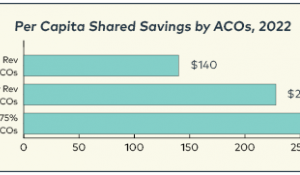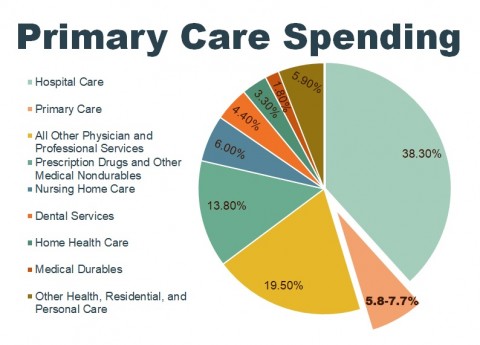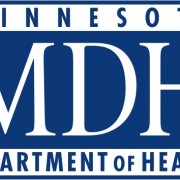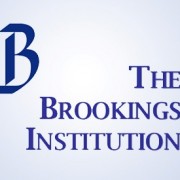Primary Care Investment
Greater investment in primary care is associated with lower costs, higher patient satisfaction, fewer hospitalizations and emergency department visits, and lower mortality. Despite current high levels of healthcare spending in the United States, the proportion spent on primary care is insufficient. A shift in resources to support greater access to comprehensive, coordinated primary care is imperative to achieving a stronger, higher-performing healthcare system.
Underinvestment in primary care gives rise to patient access and workforce issues. A significant financial incentive for physicians and other clinicians to choose other areas of specialty undermines primary care.

Resources
New England Journal of Medicine | February 2015

American Journal of Managed Care | December 2014
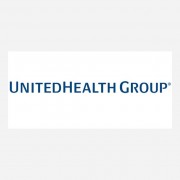
UnitedHealth Group | September 2014

Bipartisan Policy Center | April 2013
- ‹ previous
- 5 of 6
- next ›
News
March 9, 2021 | Milbank Memorial Fund
January 26, 2021 | Primary Care Collaborative
- ‹ previous
- 5 of 22
- next ›
Events & Media
June 11, 2015 | CAPG, PCPCC
January 22, 2015 | Bipartisan Policy Center
- ‹ previous
- 5 of 6
- next ›
Related Content
| Title | Date | Source | |
|---|---|---|---|
| A NEW VISION FOR CALIFORNIA’S HEALTHCARE SYSTEM: Integrated Care with Aligned Financial Incentives | February 2013 | A NEW VISION FOR CALIFORNIA’S HEALTHCARE SYSTEM: Integrated Care with Aligned Financial Incentives | |
|
|
Beyond Capitation: How New Payment Experiments Seek To Find The ‘Sweet Spot’ In Amount Of Risk Providers And Payers Bear | September 2012 | Health Affairs |
 |
Aligning Incentives & Systems:Promoting Synergy Between Value-Based Insurance Design (VBID) and the Medical Home | January 2010 | Patient-Centered Primary Care Collaborative |
Pages
Pages
Secondary menu
Copyright © 2024 Primary Care Collaborative

